 How can we solve the national debt crisis?
How can we solve the national debt crisis?
 Should you or your child take on a student loan?
Should you or your child take on a student loan?
 Is it safe to talk on a cell phone while driving?
Is it safe to talk on a cell phone while driving?
 Are there viable energy alternatives to fossil fuels?
Are there viable energy alternatives to fossil fuels?
 What could you do with a billion dollars?
What could you do with a billion dollars?
 Could simple policy changes reduce political polarization?
Could simple policy changes reduce political polarization?
These questions may all seem very different, but they share two things in common. First, they are all questions with important implications for either personal success or our success as a nation. Second, they all concern topics that we can fully understand only with the aid of clear quantitative or mathematical thinking. In other words, they are topics for which we need math for lifea kind of math that looks quite different from most of the math that we learn in school, but that is just as (and often more) important.
In Math for Life, award-winning author Jeffrey Bennett simply and clearly explains the key ideas of quantitative reasoning and applies them to all the above questions and many more. He also uses these questions to analyze our current education system, identifying both shortfalls in the teaching of mathematics and solutions for our educational future.
No matter what your own level of mathematical ability, and no matter whether you approach the book as an educator, student, or interested adult, you are sure to find something new and thought-provoking in Math for Life.
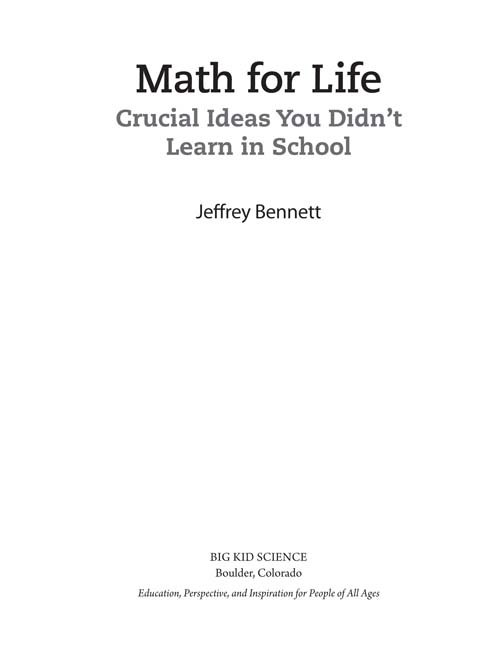

Math for Life: Crucial Ideas You Didnt Learn in School
2012, 2014 by Jeffrey Bennett
Updated Edition published by
Big Kid Science
Boulder, CO
www.BigKidScience.com
Education, Perspective, and Inspiration for People of All Ages
Original edition published by Roberts and Company Publishers, October 2011. Updated edition published by arrangement with Roberts and Company.
Changes to the Updated Edition include revising data to be current through the latest available as of mid-2013.
Distributed by IPG
Order online at www.ipgbook.com
or toll-free at 800-888-4741
Editing: Joan Marsh, Lynn Golbetz
Composition and design: Side By Side Studios
Front cover photo credits:
Solar field: Pedro Salaverria/Shutterstock
Charlotte map:Tupungato/Shutterstock
Texting while driving: George Fairbairn/Shutterstock
National debt clock: Clarinda Maclow
Reproduction or translation of any part of this work beyond that permitted by Section 107 or 108 of the 1976 United States Copyright Act without permission of the copyright owner is unlawful. Requests for permission or further information should be addressed to the Permissions Department at Big Kid Science.
ISBN: 978-1-937548-36-0
Table of Contents
Index
Index of Examples
Preface
The housing bubble. Lotteries. Cell phones and driving. Personal budgeting. The federal debt. Social Security. Tax reform. Energy policy. Global warming. Political redistricting. Population growth. Radiation from nuclear power plants.
What do all the above have in common? Each is a topic with important implications for all of us, but also a topic that we can fully understand only if we approach it with clear quantitative or mathematical thinking. In other words, these are all topics for which we need math for lifea kind of math that looks quite different from most of the math that we learn in school, but that is just as (and sometimes more) important.
Now, in case the word math has you worried for any reason, rest assured that this is not a math book in any traditional sense. You wont find any complex equations in this book, nor will you see anything that looks much like what you might have studied in high school or college mathematics classes. Instead, the focus of this book will be on what is sometimes called quantitative reasoning, which means using numbers and other mathematically based ideas to reason our way through the kinds of problems that confront us in everyday life. As the list in the first paragraph should show, these problems range from the personal to the global, and over everything in between.
So what exactly will you learn about math for life in this short book? Perhaps the best way for me to explain it is to list my three major goals in writing this book:
- On a personal level, I hope this book will prove practical in helping you make decisions that will improve your health, your happiness, and your financial future. To this end, Ill discuss some general principles of quantitative reasoning that you may not have learned previously, while also covering specific examples that will include how to evaluate claims of health benefits that you may hear in the news (or in advertisements) and how to make financial decisions that will keep you in control of your own life.
- On a societal level, I hope to draw attention to what I believe are oft-neglected mathematical truths that underlie many of the most important problems of our time. For example, I believe that far too few of us (and far too few politicians) understand the true magnitude of our current national budget predicament, the true challenge of meeting our future energy needs, or what it means to live in a world whose population may increase by another 3 billion people during the next few decades. I hope to show you how a little bit of quantitative reasoning can illuminate these and other issues, thereby making it more likely that well find ways to bridge the political differences that have up until now stood in the way of real solutions.
- On the level of educational policy, I hope that this book will have an impact on the way we think about mathematics education. As Ill argue throughout the book, I believe that we can and must do a much better job both in teaching our children traditional mathematicsmeaning the kind of mathematics that is necessary for modern, high-tech careersand in teaching the mathematics of quantitative reasoning that we all need as citizens in todays society. Ill discuss both the problems that exist in our current educational system and the ways in which I believe we can solve them.
With those three major goals in mind, Ill give you a brief overview of how Ive structured the book. The first chapter focuses on the general impact of societal attitudes toward math. In particular, Ill explain why I think the fact that so many people will without embarrassment say that they are bad at math was a major contributing factor to the housing bubble and the recent recession; Ill also discuss the roots of poor attitudes toward math and how we can change those attitudes in the future. The second and third chapters provide general guidance for understanding the kinds of mathematical and statistical thinking that lie at the heart of many modern issues and that are in essence the core concepts of math for life. The remaining chapters are topic-based, covering all the issues I listed above, and more; note that, while Id like to think youll read the book cover to cover, Ive tried to make the individual chapters self-contained enough so that you could read them in any order. Finally, in the epilogue, Ill offer my personal suggestions for changing the way we approach and teach mathematics.
Next page
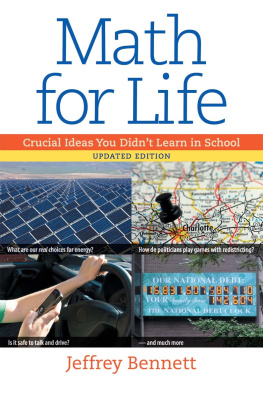
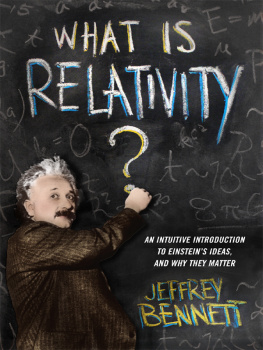

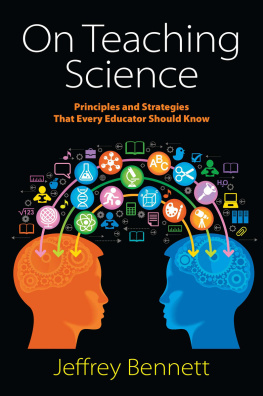



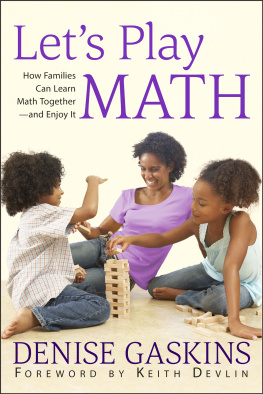

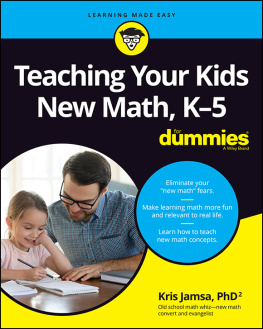

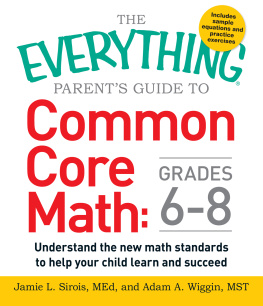
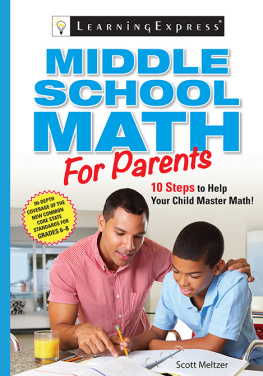
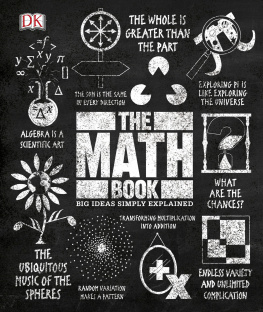
 How can we solve the national debt crisis?
How can we solve the national debt crisis?
